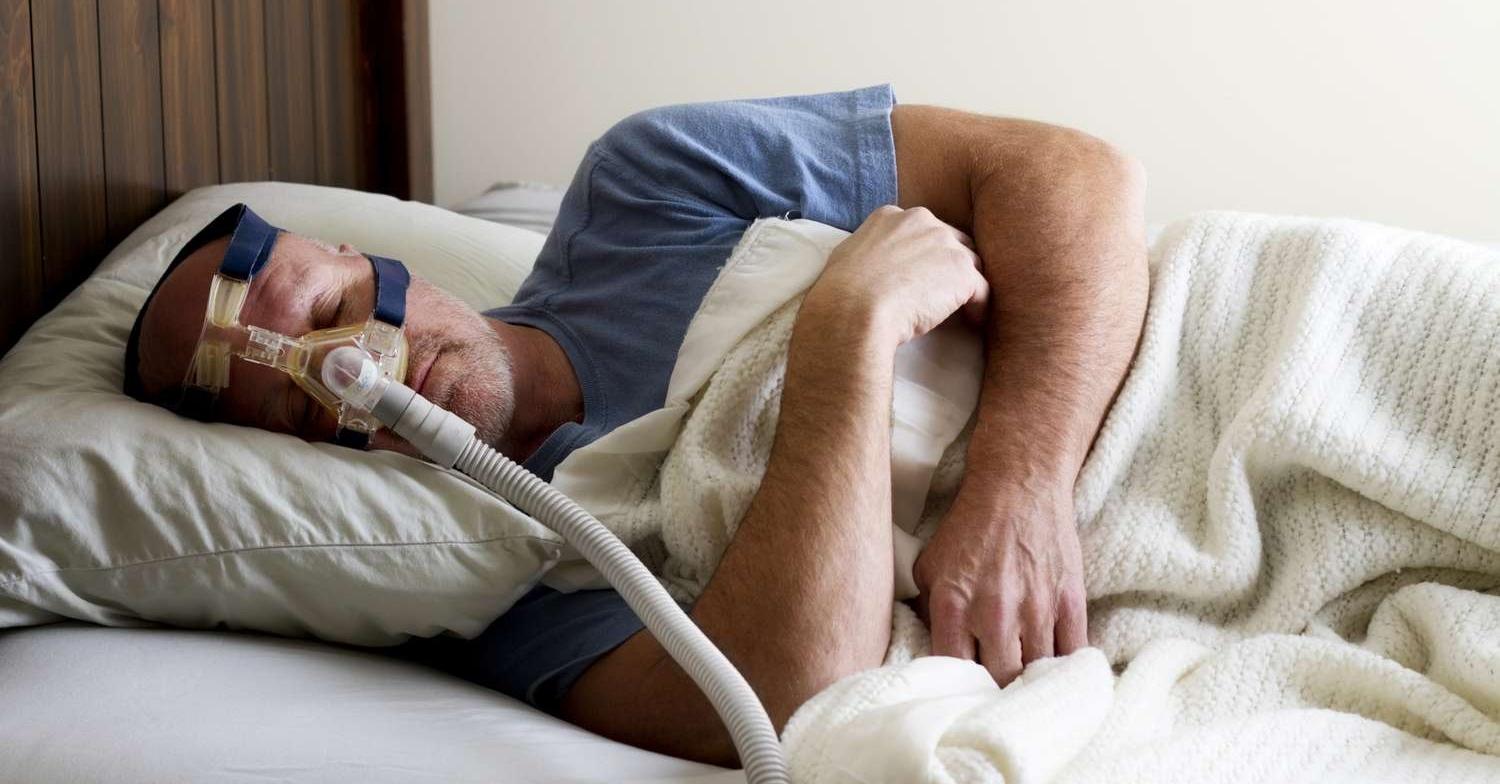Are you curious to know what is ramp time on CPAP? You have come to the right place as I am going to tell you everything about ramp time on CPAP in a very simple explanation. Without further discussion let’s begin to know what is ramp time on CPAP?
Continuous Positive Airway Pressure (CPAP) therapy is a highly effective treatment for obstructive sleep apnea (OSA), a condition where breathing repeatedly stops and starts during sleep. While CPAP can significantly improve sleep quality and overall health, some users may find it challenging to adapt to the continuous airflow pressure immediately. This is where the concept of “ramp time” comes into play. In this blog, we will explore what ramp time is on CPAP, its significance, and how it contributes to a more comfortable and effective sleep therapy experience.
What Is Ramp Time On CPAP?
Ramp time is a feature available on many CPAP machines designed to ease users into their prescribed therapy pressure gradually. Instead of starting the therapy at the full pressure immediately, the CPAP machine begins with a lower pressure setting, which then gradually increases over a predetermined period until it reaches the prescribed pressure level. This gradual increase in pressure allows users to fall asleep more comfortably and can reduce feelings of airway resistance or discomfort that some individuals may experience when CPAP therapy begins.
Key Elements Of Ramp Time:
- Lower Starting Pressure: The CPAP machine begins with a lower pressure setting, typically set by the user or the healthcare provider.
- Gradual Increase: Over the course of the ramp time, the machine incrementally increases the air pressure at a user-defined rate.
- Customizable: Most CPAP machines offer customizable ramp time settings, allowing users to select the duration of the ramp period and the starting pressure.
Significance Of Ramp Time
- Enhanced Comfort: The primary benefit of ramp time is increased comfort. It helps users adjust to the therapy more comfortably, particularly during the initial stages of falling asleep.
- Reduced Anxiety: For individuals new to CPAP therapy, the sensation of continuous air pressure can be daunting. Ramp time reduces the anxiety associated with starting therapy, making it more tolerable.
- Improved Compliance: The comfort provided by ramp time can lead to better compliance with CPAP therapy. Users are more likely to use their CPAP machines consistently when the experience is comfortable and less disruptive to their sleep.
- Better Sleep Onset: Ramp time allows users to fall asleep more easily. This is especially helpful for those who struggle with sleep initiation or frequently awaken during the night.
- Optimal Therapy: Despite the gradual start, ramp time eventually reaches the prescribed therapy pressure, ensuring that users receive the therapeutic benefits of CPAP throughout the night.
- Reduced Airway Discomfort: Individuals who experience airway discomfort or congestion when starting therapy benefit from the slower pressure build-up.
Customizing Ramp Time
Most CPAP machines offer a range of customizable options for ramp time. Users can adjust the following settings to tailor their ramp experience to their preferences:
- Starting Pressure: Users can specify the starting pressure, often based on their healthcare provider’s recommendation or personal comfort.
- Ramp Time Duration: Users can choose how long the ramp period lasts, typically ranging from a few minutes to up to an hour.
- Pressure Increment: Some machines allow users to set the rate at which the pressure increases during the ramp period.
Conclusion
Ramp time on CPAP machines plays a crucial role in enhancing the comfort and effectiveness of sleep apnea therapy. By gradually introducing therapy pressure, users can experience a smoother transition into restful sleep, improved compliance, and a more comfortable overall therapy experience. For individuals embarking on their CPAP journey, the adjustable ramp time feature can be a valuable tool for achieving restful, uninterrupted sleep and better management of sleep apnea.
Get Knowledge About Different Topics On Sizesworld.
FAQ
What Is A Good Ramp Time For CPAP?
This setting determines how long the machine will take to ramp up to the prescribed pressure setting. The default setting for most is 45 minutes, but this can be adjusted according to your comfort. With these two ramp settings, users may have an easier time adjusting to their CPAP therapy.
Should I Turn Off Ramp On CPAP?
In the beginning, it’s important to make therapy as comfortable as possible because it will be a big adjustment to get used to CPAP treatment. Ramp is a great way to get started, but once you reach a point where you don’t need it, it’s more helpful to stop using it because it will make your CPAP therapy more effective.
What Setting Should My CPAP Humidifier Be On?
Finding the ideal humidifier setting for your CPAP machine should only take a bit of trial and error, though, and usually only takes a handful of nights to dial in. As a general rule of thumb, the best humidity level for CPAP machines is a setting of three.
Can CPAP Tell If You Are Asleep?
In fact, your own CPAP machine can sense minute changes in air pressure, indicating whether or not you’re awake, or if your mask isn’t being worn.
I Have Covered All The Following Queries And Topics In The Above Article
What Is Ramp Time On A CPAP Machine
What Is Ramp Time On My CPAP Machine
What Is The Ramp Time On A CPAP Machine
What Is Ramp Time On CPAP Machine
What Is Ramp Time On Resmed
What Is A Good Ramp Time On CPAP
Ramp Time Auto
Ramp Time In Bipap
What Is Auto Ramp CPAP
What Is P Ramp On CPAP
Resmed Ramp Time Off
How To Change Ramp Time On Resmed 11
What Is Ramp Time On CPAP
What does ramp mean on a CPAP?
